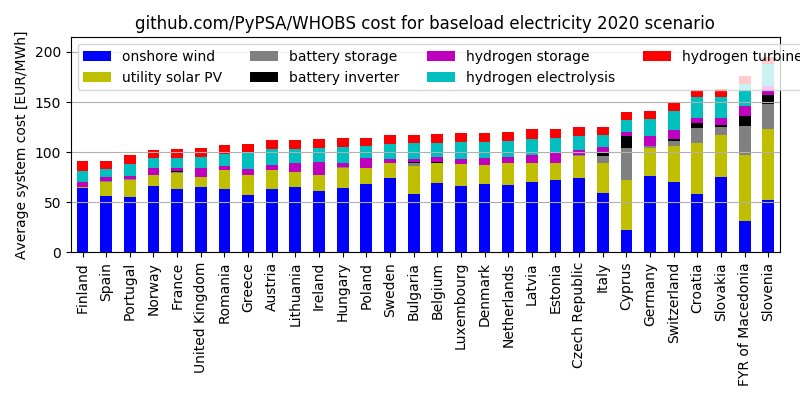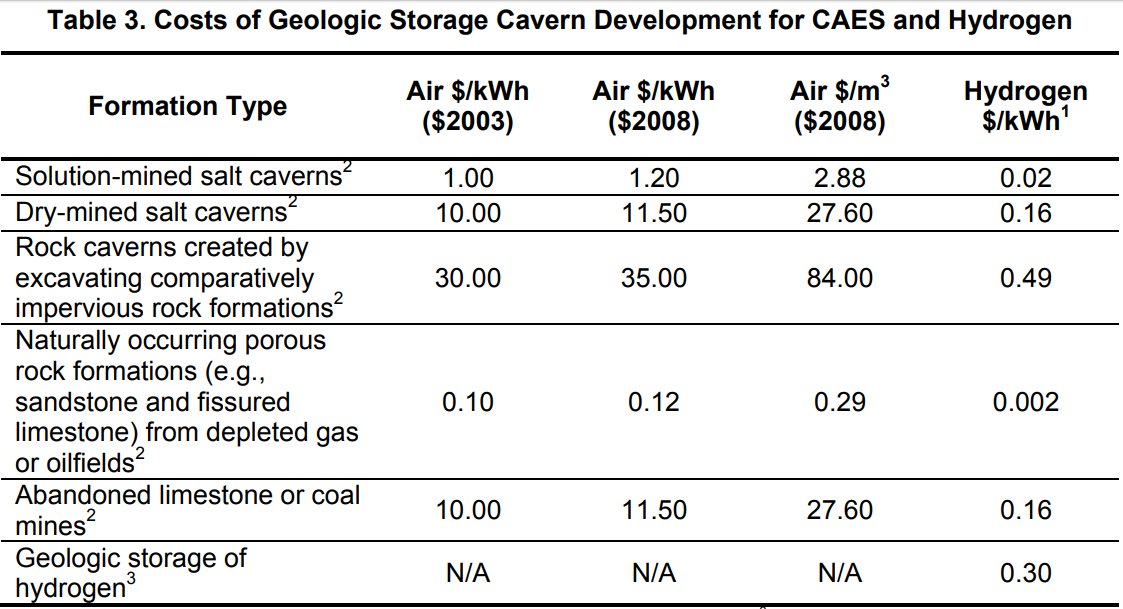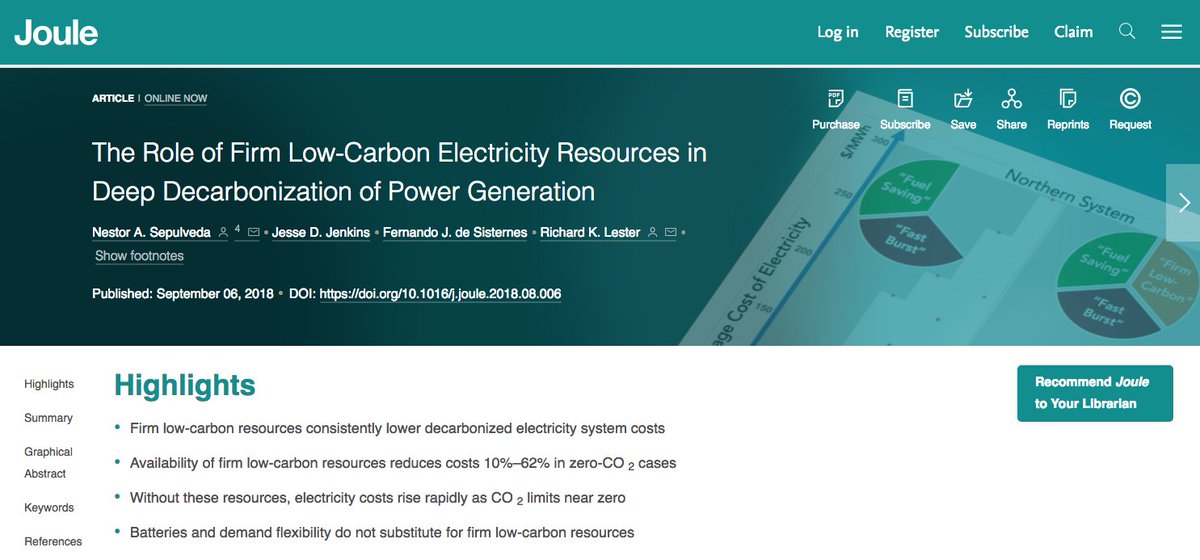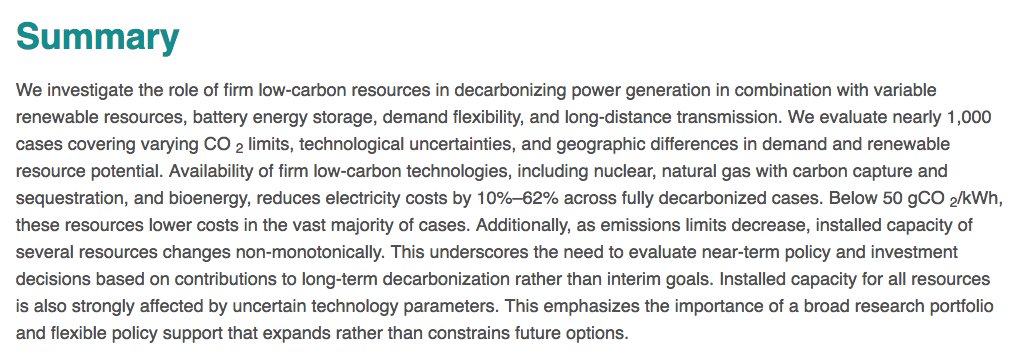

or depleted oil and gas fields) (see github.com/PyPSA/WHOBS/bl… for all assumptions) in most countries the cost is over 100 EUR/MWh

vox.com/energy-and-env…
en.wikipedia.org/wiki/Undergrou…
hub.globalccsinstitute.com/publications/o…

doi.org/10.1016/j.sole…
globalislands.net/greenislands/d…
new.abb.com/news/detail/64…
horizon-magazine.eu/article/hydrog…
linkedin.com/pulse/true-pio…
helmeth.eu/index.php/proj…
and you have a CO2 source. Then use existing natural gas for storage and transportation.
doi.org/10.5281/zenodo…
nworbmot.org/publications.h…












